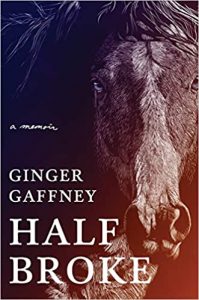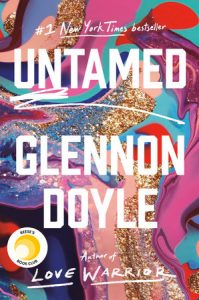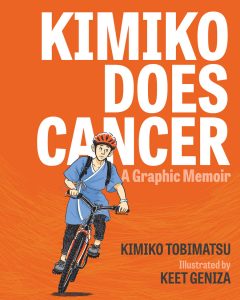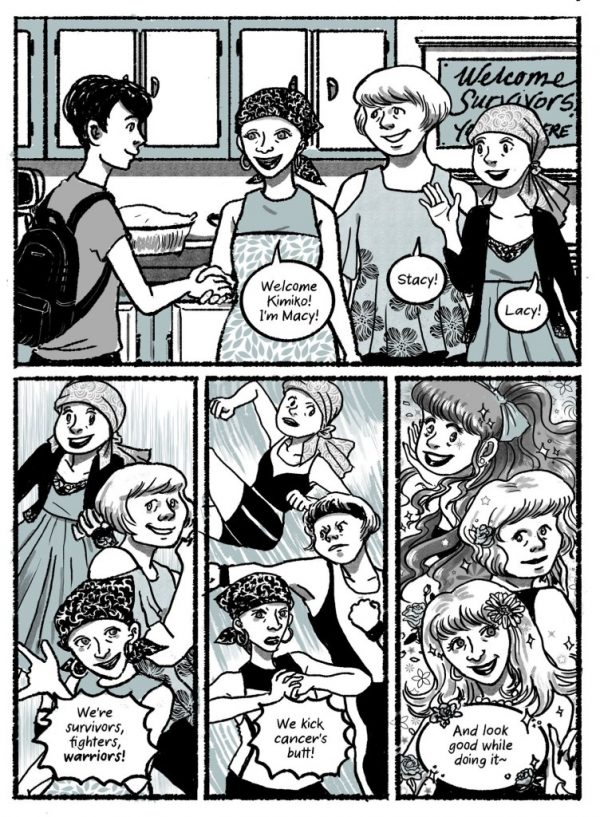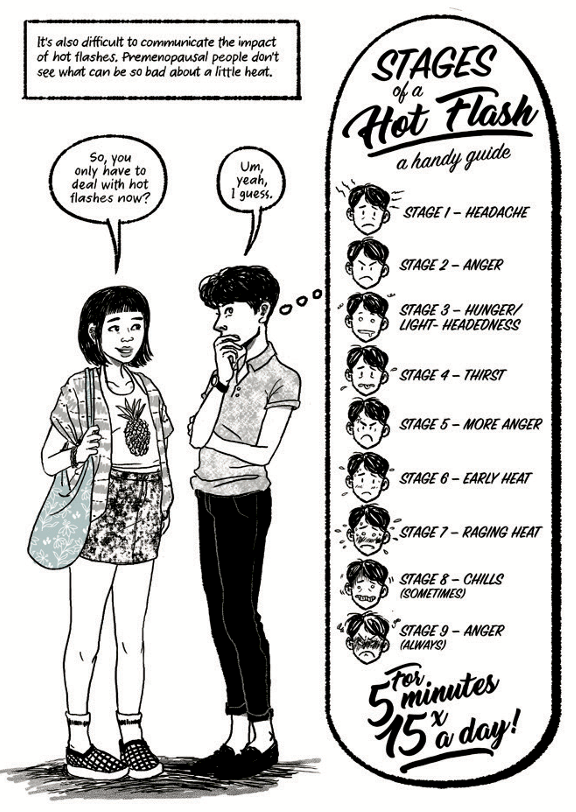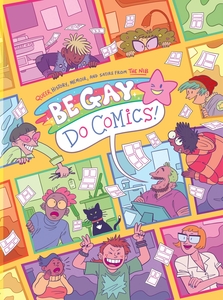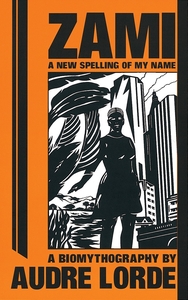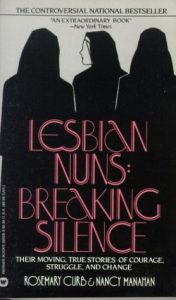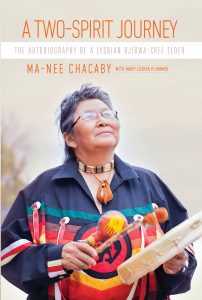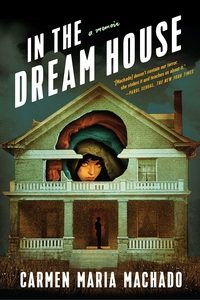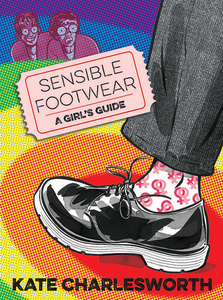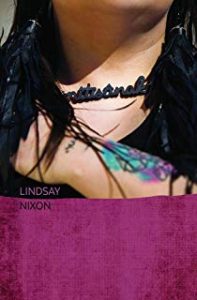I’m not much of a nonfiction reader, but the synopsis of Half Broke, a memoir written by Ginger Gaffney, peeked my interest. It’s not a story about being a lesbian. Rather, it’s a heart-warming story about a woman who loves horses and how she uses that love to change the lives of a group of convicted felons. Ginger is a lesbian, and although her sexuality doesn’t play a huge part in the overall story arc, it’s an important part of who the author is, and I’m so glad she didn’t choose to shy away from discussing it.
The story starts with a call for help. Ginger, a well-respected horse trainer, is asked to assist a group of prison inmates serving out their sentences on an alternative prison ranch in New Mexico. It seems the horses on the ranch have been exhibiting some strange and dangerous behaviors, and since no one on the ranch has much practical experiences with horses, they’re in need of professional help. Ginger, who is somewhat of an introvert, reluctantly agrees to assess the troubled horses and help out if she is able. She’s not sure what to expect when she arrives on the ranch, but it soon becomes clear she’ll be able to make a difference in the lives of both the animals and the prisoners.
The ranch is run almost exclusively by the prisoners themselves. There are numerous rules and policies that keep things running smoothly, and it takes Ginger some time to truly become comfortable in this new environment. Fortunately, her strong desire to promote healing for the horses serves as a sort of in-road for her, and she eventually comes to care deeply for a number of the prisoners and all of the horses.
This could have been a really sappy book, but Gaffney’s approach is wonderfully down-to-earth. She doesn’t paint herself as the white knight, sweeping in to save the day. Instead, she reflects on the numerous ways people and animals were able to work together, creating a better world for all involved. Her strong sense of personal responsibility toward those she works with shines through, as do her personal vulnerabilities. Her life hasn’t always been easy, and she’s quite candid about the mistakes she’s made along the way.
At its core, Half Broke is a love letter to horses and those who work tirelessly to partner with them. It’s an unflinching look at the American justice system and how it both helps and harms those who get caught up in it. Certain chapters proved painful to read, but I’m so glad I stuck with it. It was exactly the book I needed this fall.

